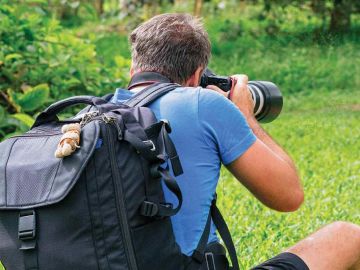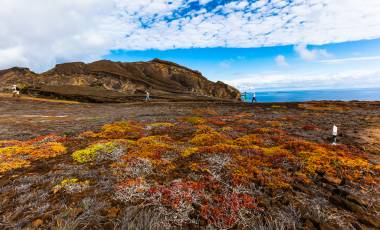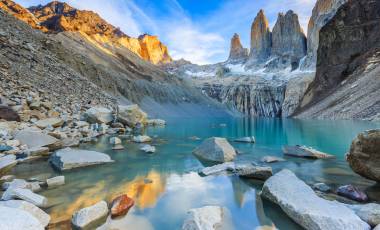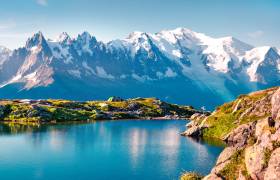One of the main reasons people love nature travel is the allure of seeing wildlife in its natural habitat. When traveling with Exodus, chances are you’re hoping to bring home a suite of stunning images that capture the essence of the place you’re visiting and the wildlife you encounter. You want images that help you remember your experience in greater detail, and perhaps share those details with others.
Practice ultimately makes perfect. But these 10 simple wildlife photography tips can help improve your pictures dramatically:
Get outside and have fun!
We’ll get to the technical stuff in a second. But if you’re not going out and using your camera on a regular basis, you’re not getting the shot. It’s important to be both physically on the ground and mentally and emotionally in the moment. Your senses must be attuned to the environment around you. Great wildlife photography starts with truly being in the moment and experiencing the power of nature all around you. 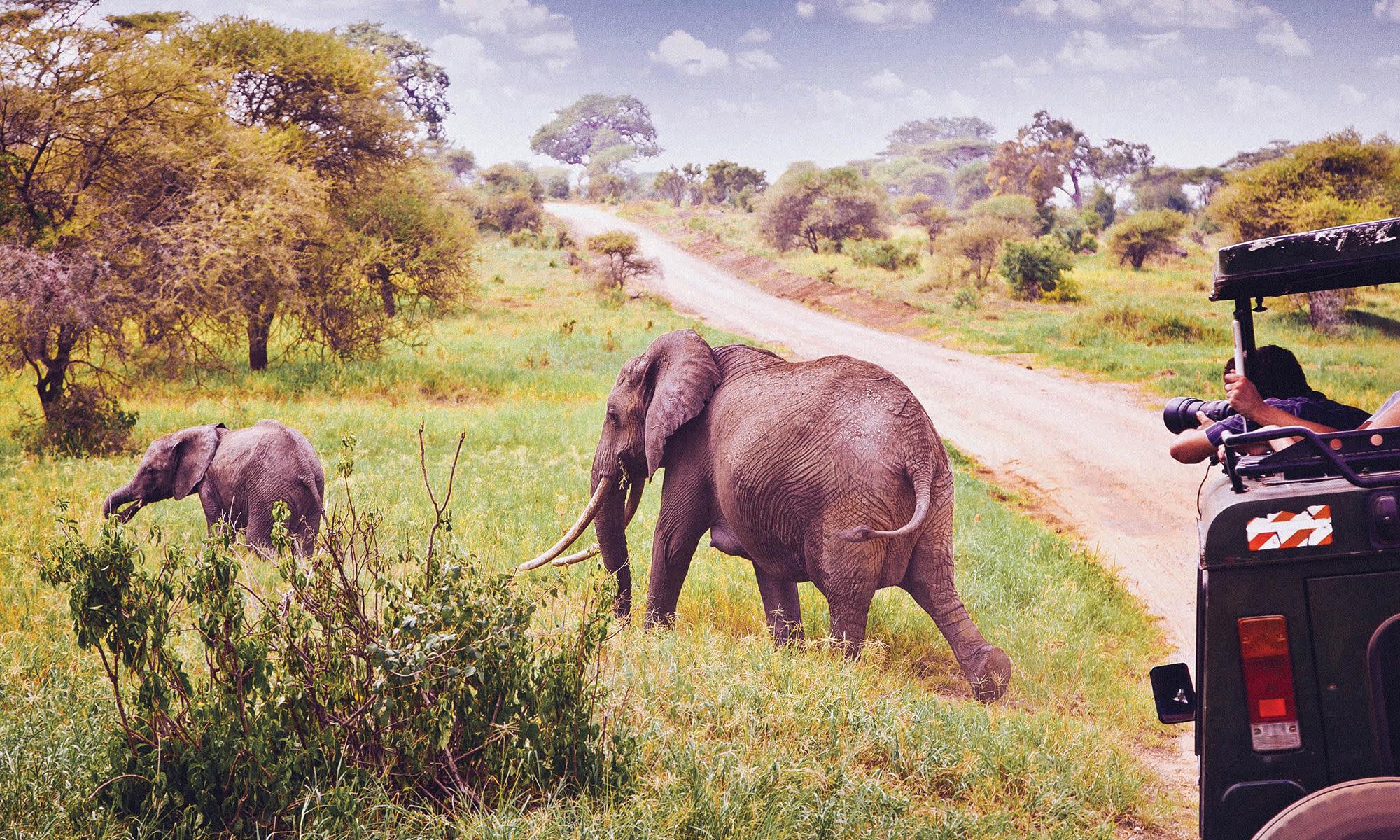
Patience is Your Friend
Nature is unpredictable. If you want “the perfect shot,” plan to wait for it. Patience is by far your greatest ally when going for great wildlife shots. You may even need to come back day after day in order to get what you want. Sometimes animals need to get used to you before they’ll act normal with you around.
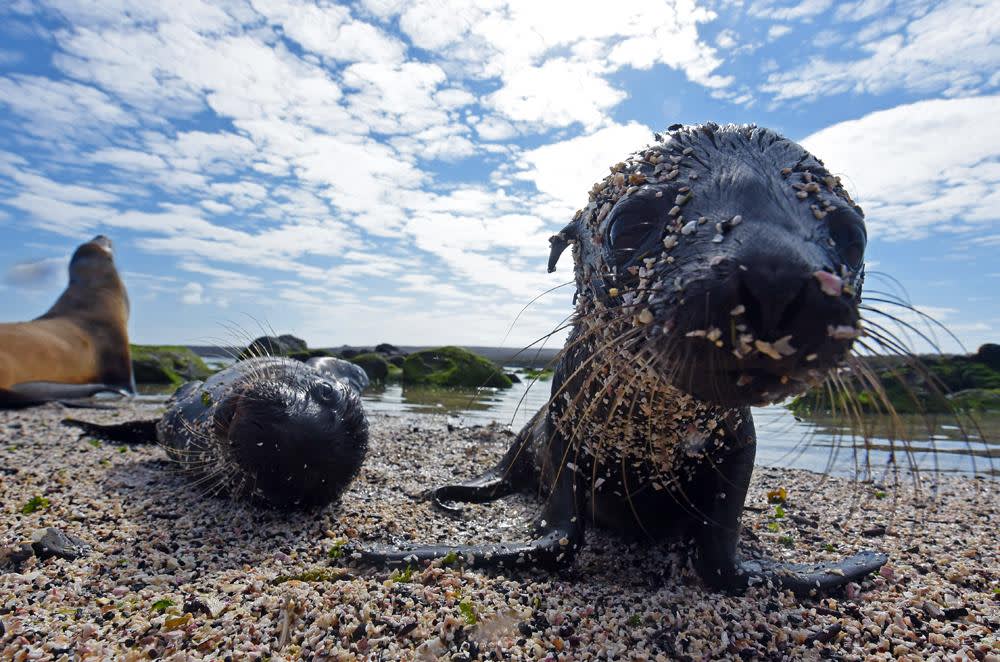
Know Your Subject
To capture that special image, it helps to be familiar with the animal’s habits. What kind of habitat do they like? At what time of year are they most active? When are they breeding and nesting? What do they eat? You want to be able to predict your subject’s behavior to some degree, so you can find it and be ready for that perfect shot.
Be Aware of Their Habitat
Many times, wildlife photos look like they could’ve been taken in a zoo. Not only do you want to know where to find your subject, but it helps to integrate their habitat into your photo to help tell a story. All too often, budding wildlife photographers bemoan that they don’t have the biggest, longest lens available. A 500mm or greater lens will help you get certain incredible shots. But don’t forget the power of stepping it back a bit to showing them in their native habitat.
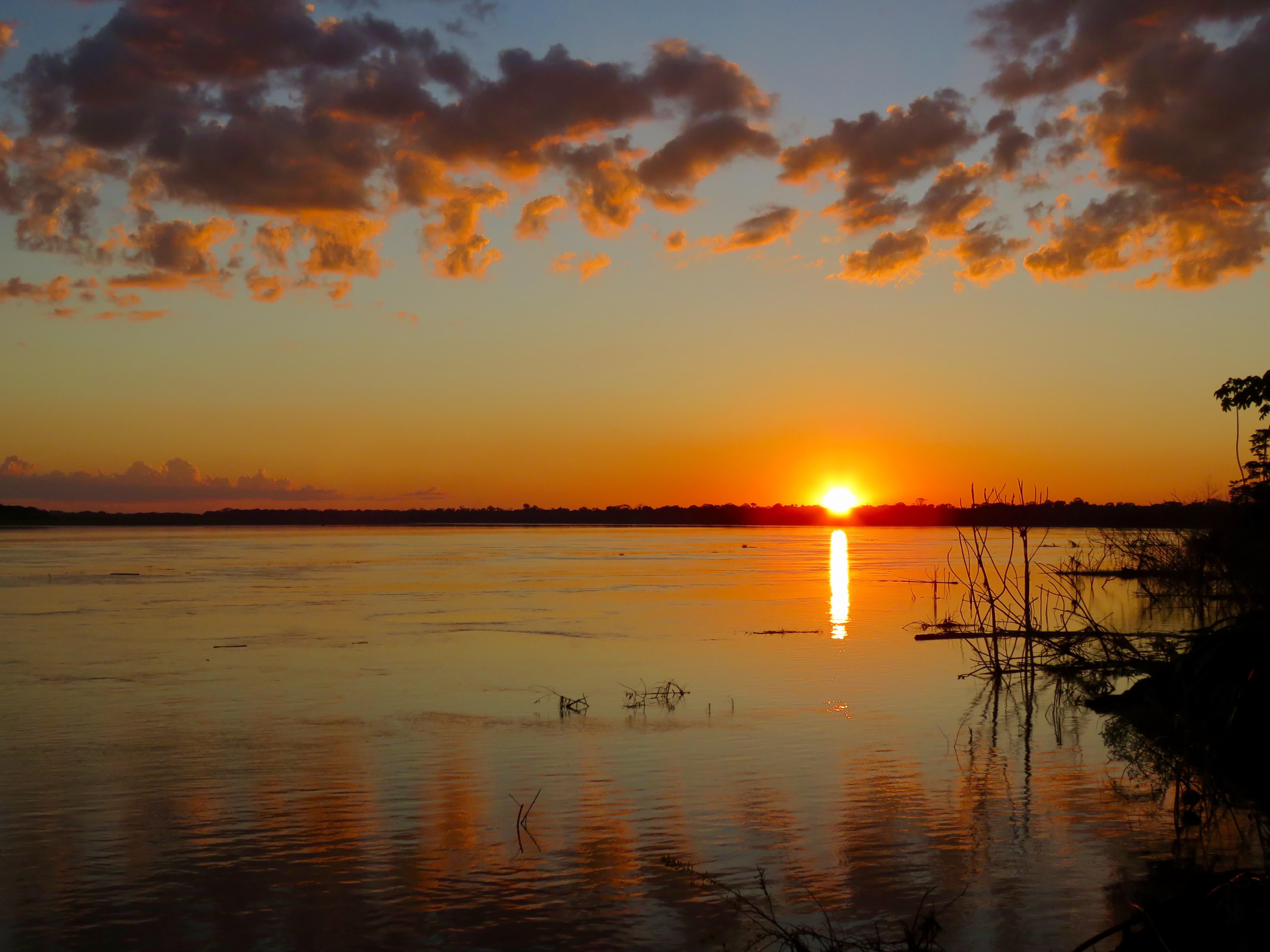
Take Advantage of “The Golden Hour”
Photography is all about the light. Remember to use it to your advantage. The“golden hour” is that 30 minutes before and after sunrise and sunset, when rays of sunlight are slanted and full of interesting reds and yellows that add richness to your picture. In general, wildlife tends to be on the move – and therefore more visible – around sunrise and sunset. If the light isn’t coming in from the right direction, try moving around to see how you can re-compose your shot to take advantage of that less-than-ideal situation.
Don’t Hesitate to Press That Button… Repeatedly!
Remember that even the most experienced photographers may take hundreds of photos to get “the perfect shot.” So shoot a lot! Many animals move fast, and you might miss some incredible action if you’re too conservative in the number of pictures you take. With the incredible number of images that can be stored on one 16 or 32GB memory card these days, you shouldn’t hesitate to press that button over and over again. You can always edit/delete later. 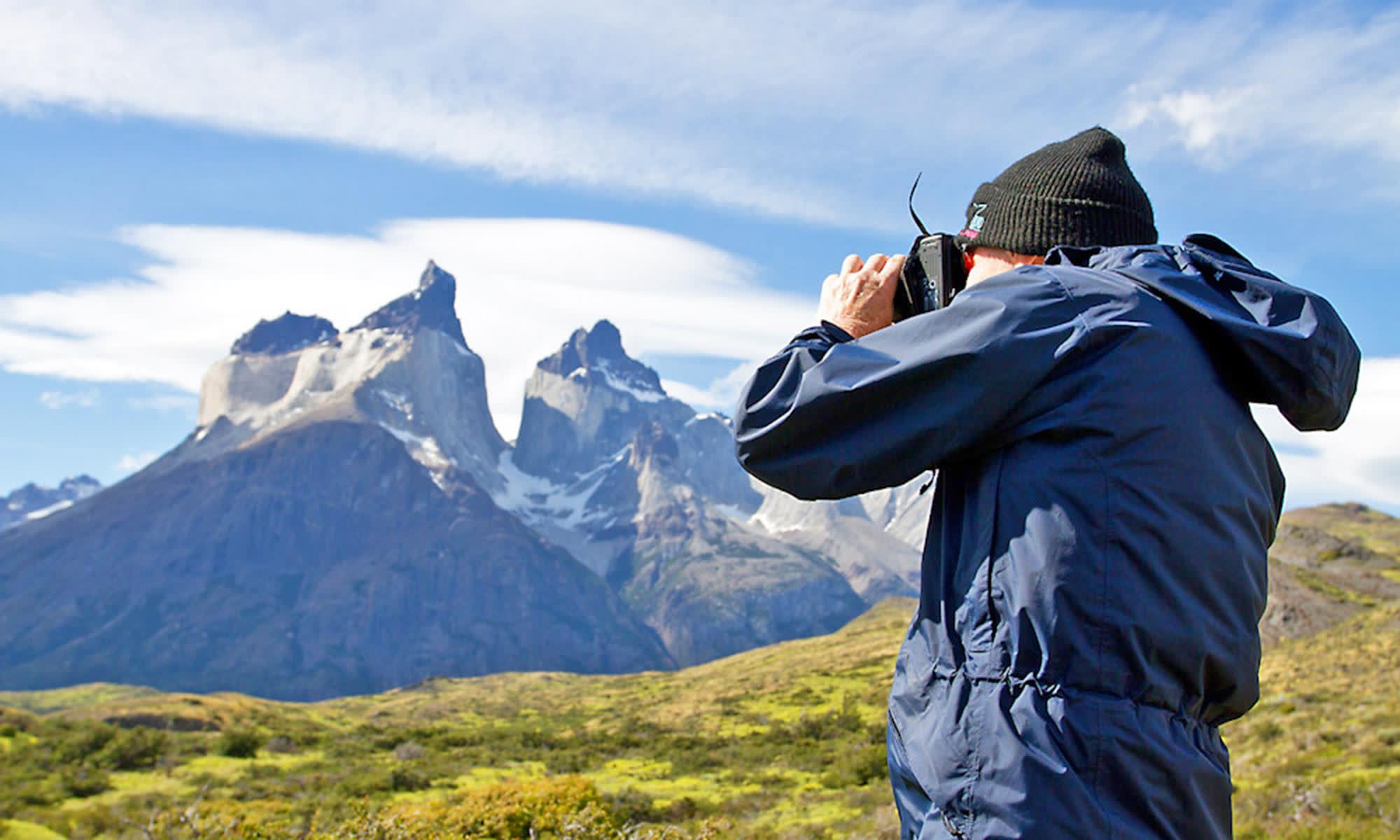
Know Your Camera Gear
Your best wildlife photography opportunities aren’t going to last long. You’ve typically got 10-30 seconds at most to get an action shot before everything changes. It helps to know your camera and lenses well, so that you can make quick adjustments. What is the minimum shutter speed that will give you a sharp image? What about your aperture? Play around and practice with your equipment as much as possible beforehand so you’re ready to capture that instant when the action happens.
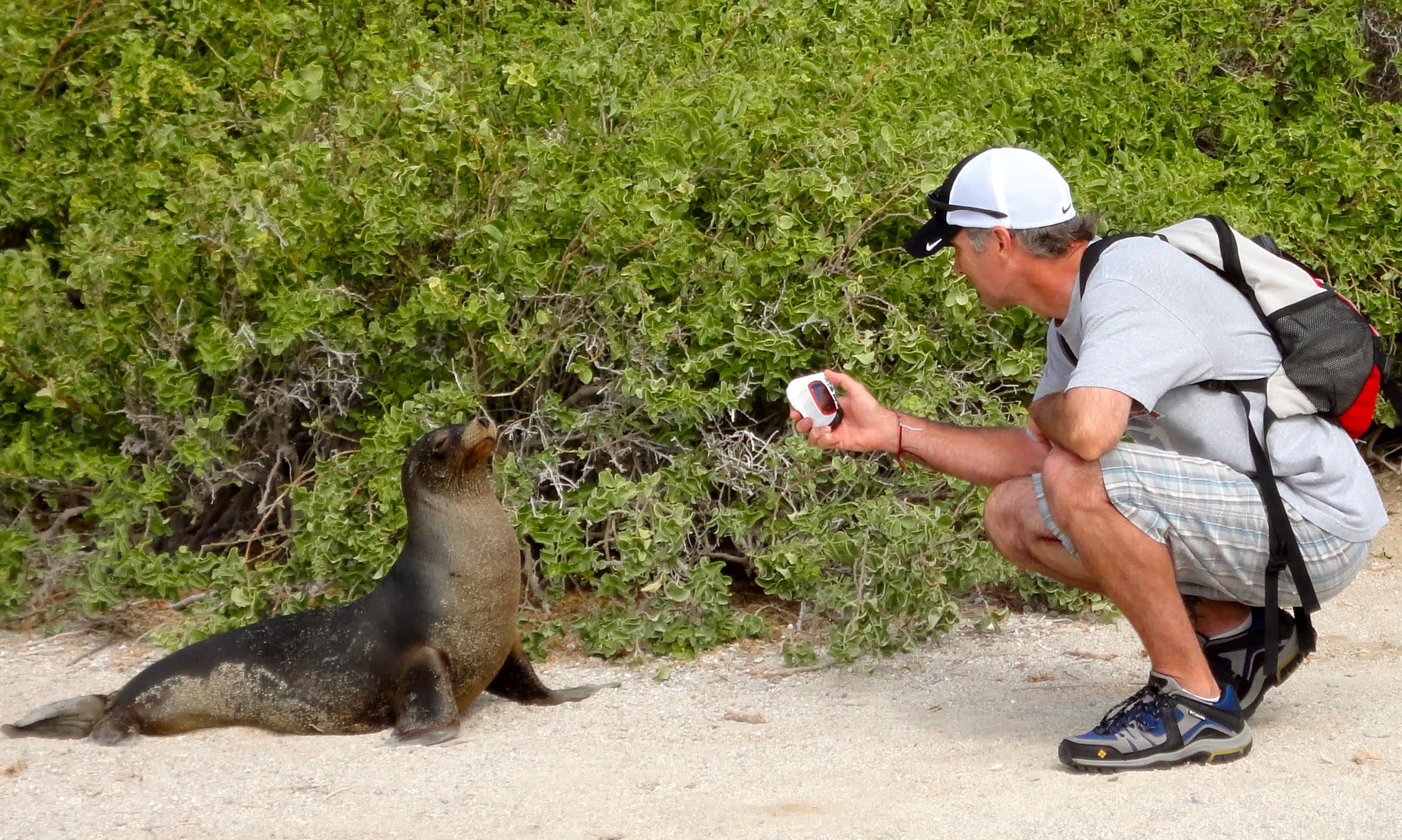
Understand Rules of Composition
Learn about the “Rule of Thirds” and the “Golden Ratio,” and practice them until they’re embedded in your sub-conscience. Also, consider ahead of time what kind of shots you want. Do you want to frame the animal in its larger habitat, do you want a close-up portrait that fills the frame, or perhaps both? It always helps to have a general idea of what you want to accomplish before you’re on the ground.

It’s Not ALL About the Megafauna
Photographs of big, awe-inspiring animals are incredible, and something every wildlife photographer treasures. But remember that there is a lot more to Nature than just Bald Eagles, Elephants, Lions or Grizzlies. Some of the very best wildlife photographers use Macro or Zoom lenses to focus in on the little things that often go unnoticed. Having an eye for detail can really help your shots stand out.

Make Yourself Comfortable
You’re going to be out in nature, and you’re going to have to be there for a while to get the shot you want. Dress appropriately, use sunscreen and remember to bring plenty of water. If you’re completely comfortable, you’re that much more likely to stick around and be there for that perfect shot.
One final note about responsible wildlife photography: Remember that these are wild animals you’re photographing. Getting your desired image should NEVER impact an animal’s well-being or sense of comfort, its right to survival, or the survival of the habitat on which it depends.
Personally, I frown on using captive animals for photography. Likewise, feeding them or baiting them is considered an unethical practice and could land you in jail or see you on the receiving end of a stiff fine.
Finally, keep in mind the impact you’re having on their habitat just by being there, and work to minimize that impact. Your goal as a wildlife photographer should be to capture the best image possible of wild animals living their lives naturally, without harming them in any way. Take only pictures, and leave only footprints!
